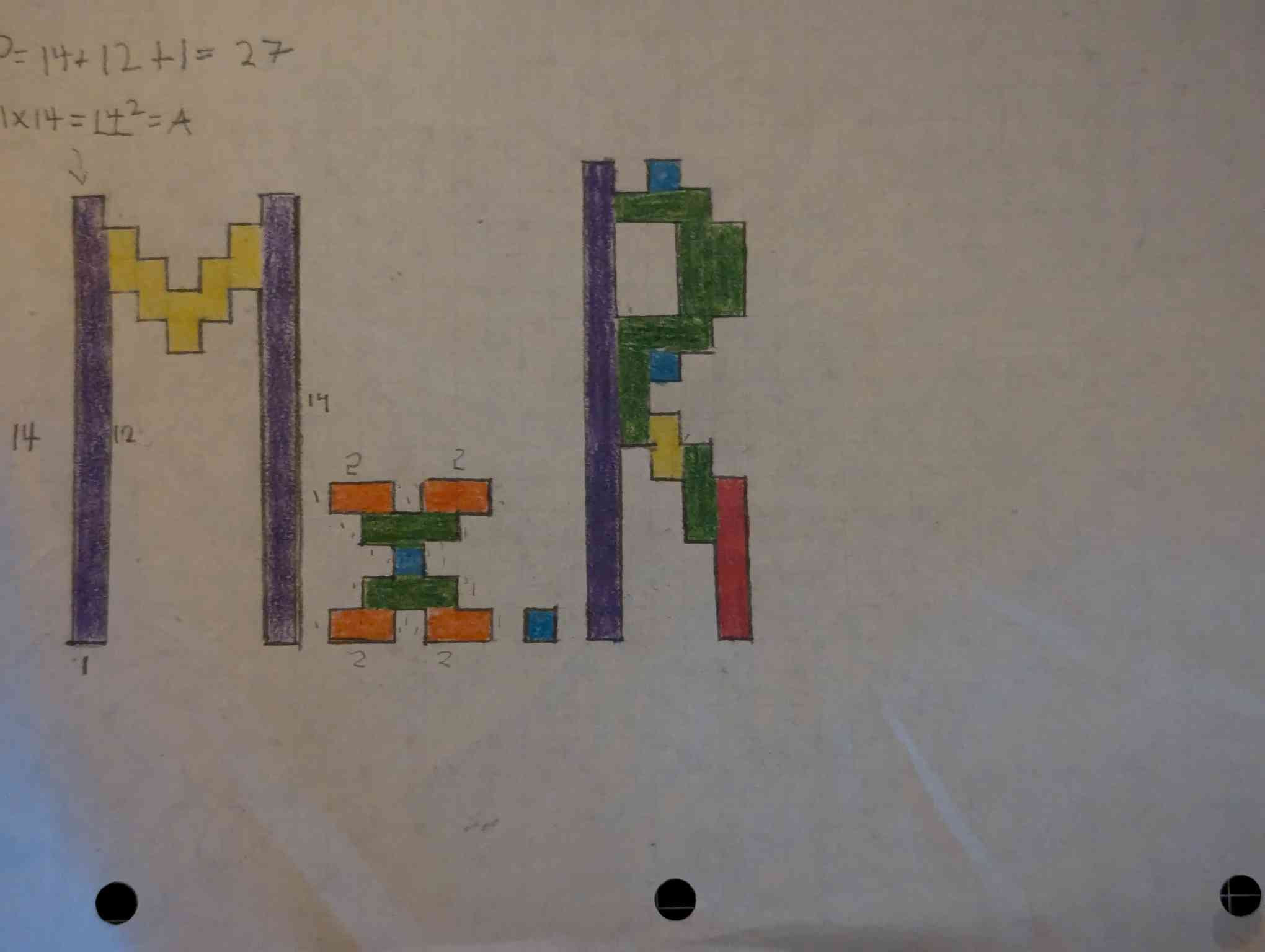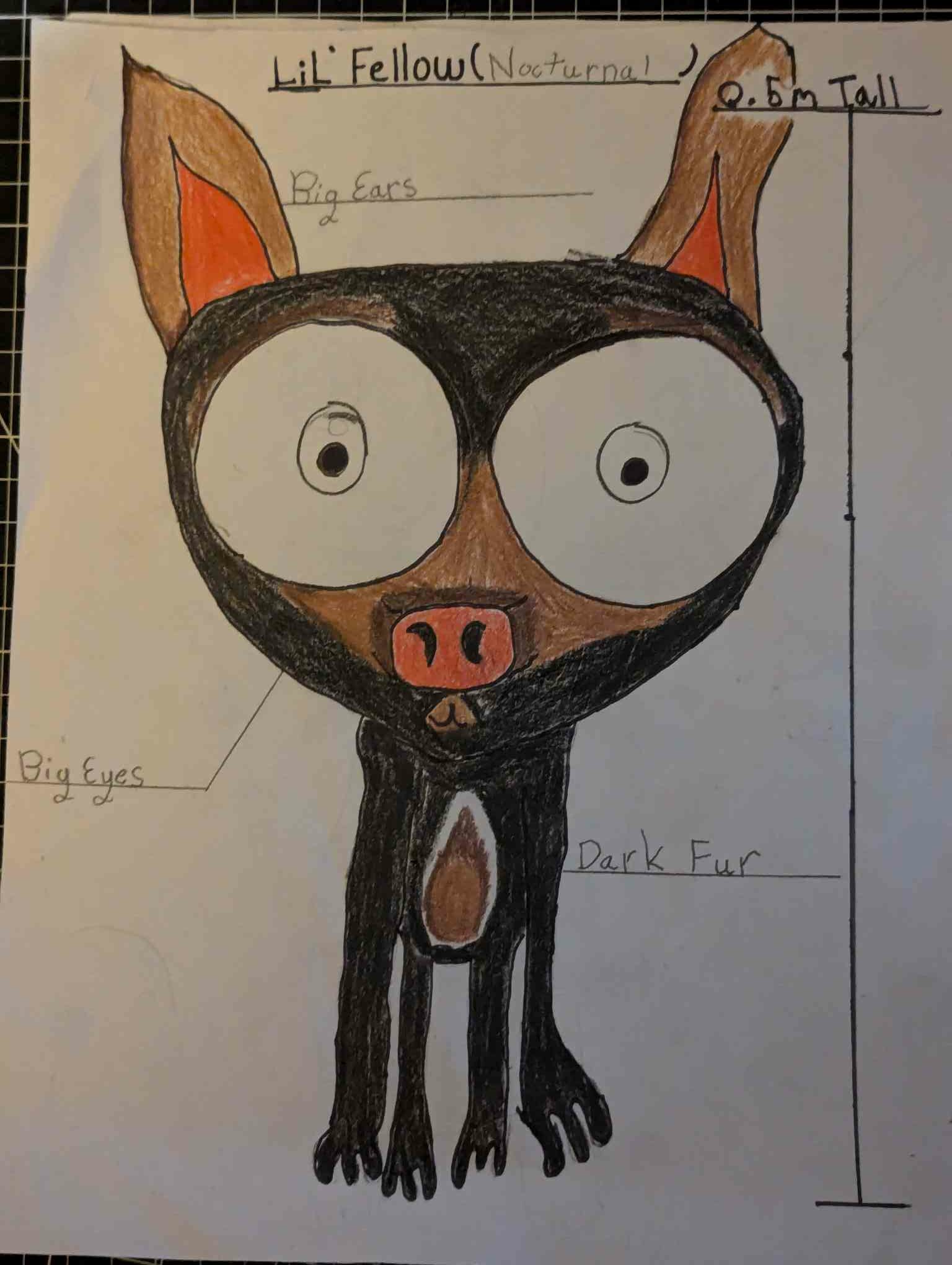At this point, between instructing, practicum, and my work as a TTUC, I’ve met a lot of learners. These learners have their own perspectives, understandings, skills, and struggles. Standard 3 is crucial when it comes to setting expectations. Luckily there’s an entire field of research centered around understanding how brains, and the people who have them, grow and develop over time. Even more helpful for someone managing a classroom are the many district resources centered around helping me as an educator scaffold appropriately. Even the curriculum itself does a good job of considering development within the 13ish years students are a part of the education system. This is great and central to understanding what and how to be teaching. The policy is written and also pretty easy to follow. A huge win for a new teacher.
I really like to practice assessment for learning. 4 weeks was a short amount of time to be meeting and teaching a group of students. Part of understanding growth and development for me is based in using assessment to understand where students are at. The saying is meet them where they’re at, but for that I first have to figure out where that is. I had 2 projects during my summer Practicum that really highlighted how assessment can guide learning and also help me practice better scaffolding for my students.

Project 1 was a name outline project intended to help with understandings of area and perimeter. My coaching teacher and I were really excited about this initially. What we found was that the math ended up being sort of difficult and above the abilities for may of the students in the room. Some students really enjoyed the challenge but many of them struggled. We also found that the tendency was to make letters 1 square wide which missed some of the intended practicing of area and perimeter. For assessment I avoided handing back grades on something many had struggled with and instead gave back sticky notes with suggestions on how to do the math or maybe clean up line work to make counting easier. Students had time to grow and develop the skills they would have likely missed out on had I given them a grade and moved on.

Project 2 was a creature creator, done as part of a science unit, students were instructed to make draw and colour creatures with adaptations that would help them survive depending on when they were active. I had pre-loaded the information for this project a lot more successfully. Students appeared to really enjoy the project. Some students got really creative, and I made sure to abridge my assessment by talking to students, making sure I understood their intentions and what they meant to convey. By utilizing triangulated assessment, I was able to see most students really understanding. One student, who was on an IEP and often behind grade level, was assessed based on their understanding. It was compared not to my own expectations, or the quality expected at that grade, but rather the learning intentions and student’s own abilities. For one student who really struggled with creative assignments, we worked together to get him started and he had full permission for his creature to be a bear because he was still meeting the learning goals. Just between these two projects I really saw the difference scaffolding, accommodation, and connecting growth and development have on learning. This remains something I’m improving and curious about. I now have a psych major friend who’s a great resource in this regard.
